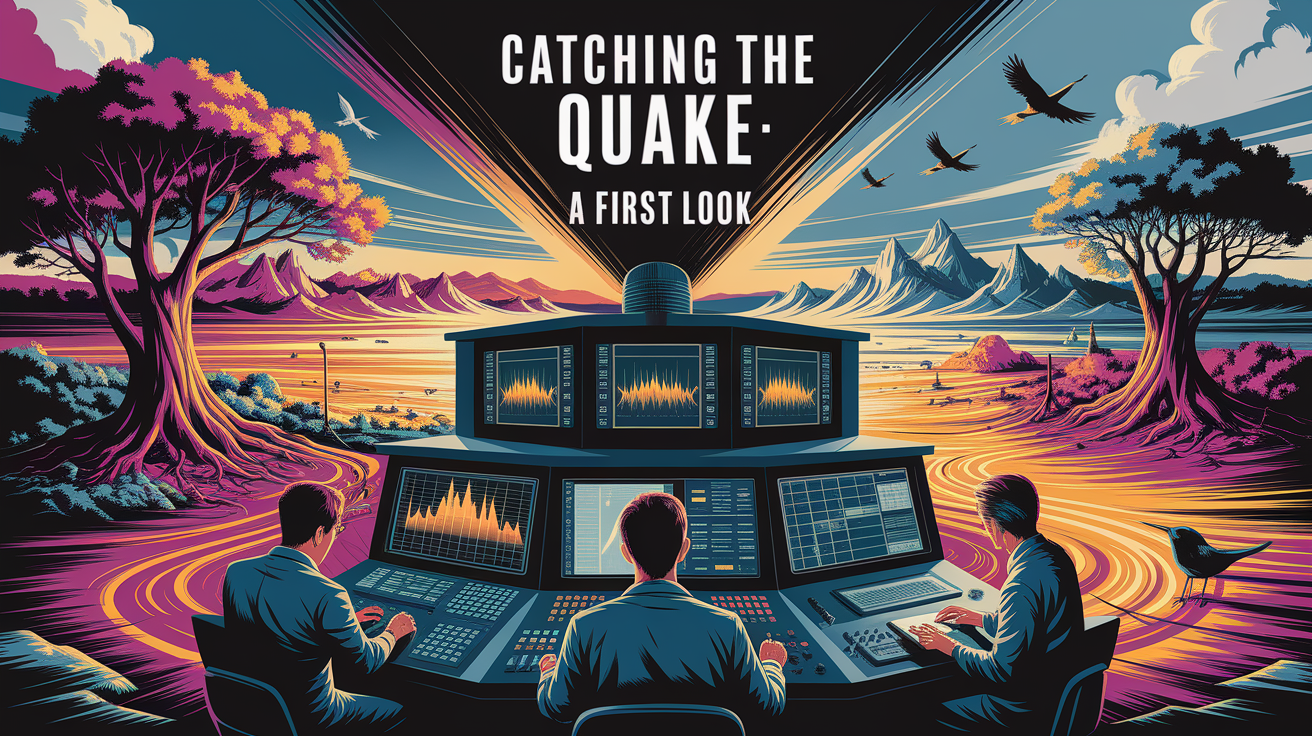Quick Answer: A seismograph feels the Earth’s shake by using a suspended mass that stays still while the ground moves beneath it. These motions are turned into electrical signals that trace out the quake’s unique “signature” on a seismogram. Modern instruments track movement in all three dimensions to capture the full picture of an earthquake’s motion.
Catching the Quake: A First Look
Imagine trying to catch the tiniest jiggle in the ground—whether it’s a massive earthquake on a fault line or a gentle rumble hundreds of kilometers away. That’s exactly what a seismograph does. It’s an incredibly sensitive device that translates ground vibrations into a visual record called a seismogram. This allows scientists to detect, measure, and understand seismic activity in real time, forming the backbone of earthquake monitoring systems worldwide.

The Inertia Principle at Work
The magic behind a seismograph lies in the principle of inertia. Inertia is the tendency of a still object to remain still. Inside a seismometer (the sensing part of a seismograph), there’s a weight—called a mass—suspended by springs.

- When the ground shakes, the instrument’s frame moves with it.
- The suspended mass tends to stay where it is due to inertia.
- This relative motion between the mass and the housing is converted into an electronic signal.
- The signal is recorded as a wavy line showing ground movement over time.
Even movements smaller than a millimeter can be detected. That’s why these instruments don’t just catch quakes but can also pick up distant explosions or heavy traffic.
Three-Dimensional Detection
Earth doesn’t just shake up and down—it can move in multiple directions at once. That’s why modern digital seismographs have three sensors in one unit that record:

- Vertical movement (Z)
- East–west motion (E)
- North–south motion (N)
This 3D approach captures the complete picture of ground motion, giving scientists a rich set of data for seismic analysis. Without all three directions, part of the tremor’s story would be missing.
Decoding Seismic Waves
When an earthquake strikes, it unleashes several types of seismic waves, and each travels differently through the Earth. Seismographs help distinguish them:

- P-waves (primary waves) – Fastest, compression waves that arrive first.
- S-waves (secondary waves) – Slower side-to-side or up-and-down shakes, arrive after the P-waves.
- Surface waves – Travel along the Earth’s surface, slowest but often with the strongest, most damaging motion.
The differences in their speeds and arrival times are crucial for understanding earthquakes and their origins. On a seismogram, you’ll see P-wave peaks first, S-wave peaks later, and then the long, rolling patterns of surface waves.
Pinpointing the Epicenter
Locating an earthquake’s epicenter is a clever bit of triangulation. Here’s how it works:

- Measure the time gap between the arrival of P-waves and S-waves at a seismic station.
- The longer the gap, the farther away the quake happened.
- Draw a circle around the station with a radius equal to that distance.
- Repeat this with at least two other stations.
- The intersection point of all circles marks the epicenter.
This technique, described by the British Geological Survey, is remarkably accurate when data from multiple seismic stations is used.
Reading the Seismogram
A seismogram is more than a wiggly line—it’s the earthquake’s time-stamped story. Here’s how to read one:
- The first noticeable spike is the P-wave arrival.
- The bigger, later peaks are the S-waves.
- Finally, broader and longer waves represent surface waves.
Seismologists also note environmental “noise,” like local traffic or wind, which can create small wiggles unrelated to tectonic plate movement. By studying a seismogram’s patterns, scientists can determine an earthquake’s magnitude, depth, and even the nature of the fault movement.
Conclusion: Ground Truth Revealed
Seismographs are our silent guardians, constantly listening to the Earth’s subtle rumbles and violent shakes. Using the inertia principle, three-dimensional motion recording, and wave decoding, they give us the tools to understand where, when, and how earthquakes happen. In a world crisscrossed by fault lines, these instruments offer not just scientific insight, but also vital early warnings that can save lives and protect communities.













